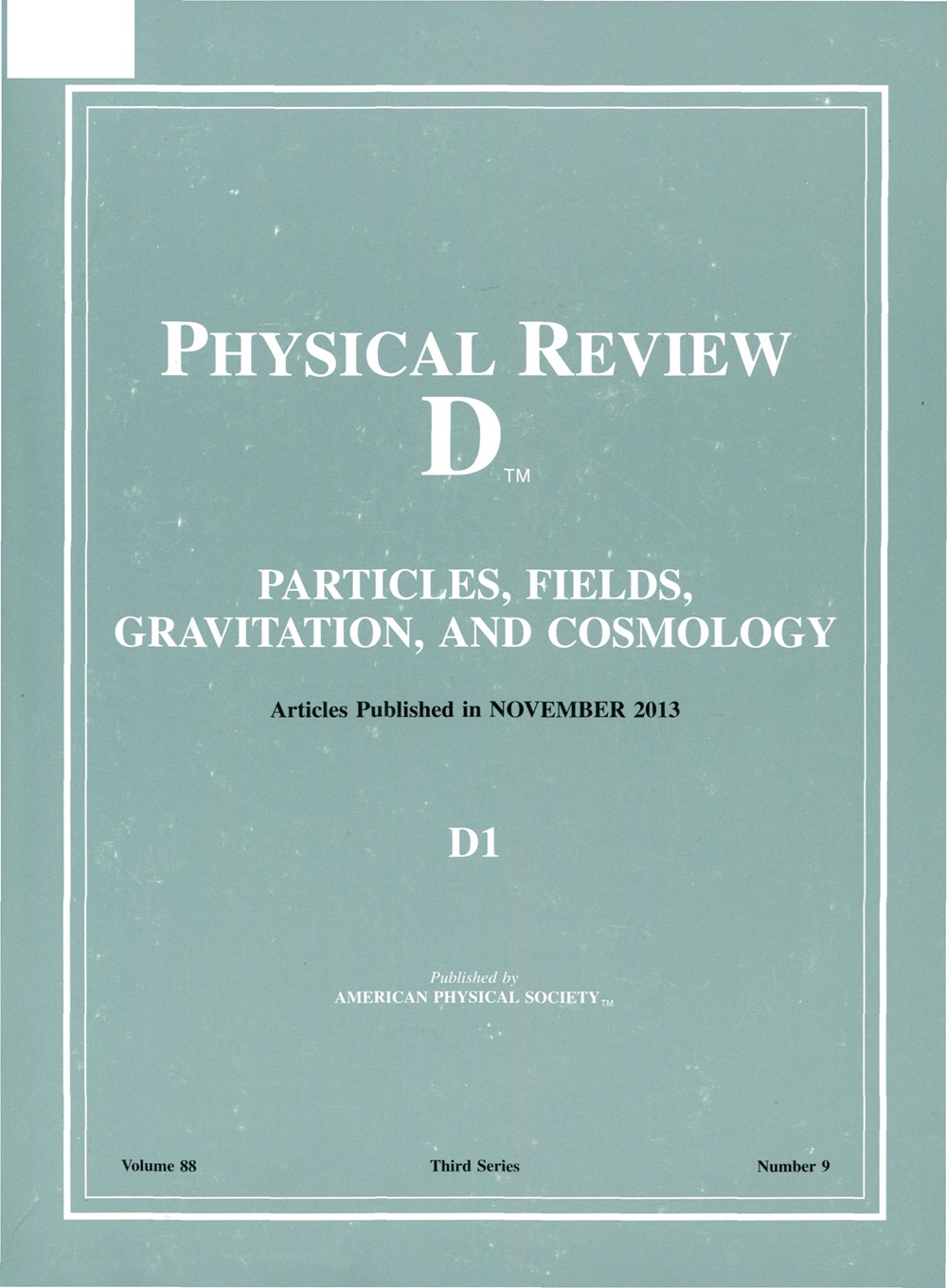New insights into the analytic structure of correlation functions via kinetic theory
IF 5.3
2区 物理与天体物理
Q1 Physics and Astronomy
引用次数: 0
Abstract
The way a relativistic system approaches fluid dynamical behavior can be understood physically through the signals that will contribute to its linear response to perturbations. What these signals are is captured in the analytic structure of the retarded correlation function. The nonanalyticities can be grouped into three types based on their dimension in the complex frequency plane. In this paper, we will use kinetic theory in the (momentum-dependent) relaxation time approximation to find how we can calculate their corresponding signals. In the most general case of a system with particles that have a continuum of thermalization rates, we find that a nonanalytic region appears. To calculate its signal, we introduce the “nonanalytic area density” that describes the properties of this region, and we construct a method to calculate it. Further, to take into account the ambiguity present in signal analysis, following from manipulations of the nonanalyticities, we will identify two specific choices called “pictures” with interesting analytic properties and compare in what scenarios each picture is most useful.通过动力学理论对相关函数解析结构的新认识
相对论系统处理流体动力学行为的方式可以通过有助于其对扰动的线性响应的信号来物理地理解。这些信号是在延迟相关函数的解析结构中捕获的。非解析性根据其在复频率平面上的维数可分为三种类型。在本文中,我们将在(动量依赖的)松弛时间近似中使用动力学理论来找到如何计算它们相应的信号。在具有连续热化速率的粒子系统的最一般情况下,我们发现出现了一个非解析区域。为了计算其信号,我们引入了描述该区域性质的“非解析面积密度”,并构造了一种计算方法。此外,考虑到信号分析中存在的模糊性,在非分析性操作之后,我们将确定两个特定的选择,称为“图片”,具有有趣的分析特性,并比较每个图片在什么情况下最有用。2024年由美国物理学会出版
本文章由计算机程序翻译,如有差异,请以英文原文为准。
求助全文
约1分钟内获得全文
求助全文
来源期刊

Physical Review D
物理-天文与天体物理
CiteScore
9.20
自引率
36.00%
发文量
0
审稿时长
2 months
期刊介绍:
Physical Review D (PRD) is a leading journal in elementary particle physics, field theory, gravitation, and cosmology and is one of the top-cited journals in high-energy physics.
PRD covers experimental and theoretical results in all aspects of particle physics, field theory, gravitation and cosmology, including:
Particle physics experiments,
Electroweak interactions,
Strong interactions,
Lattice field theories, lattice QCD,
Beyond the standard model physics,
Phenomenological aspects of field theory, general methods,
Gravity, cosmology, cosmic rays,
Astrophysics and astroparticle physics,
General relativity,
Formal aspects of field theory, field theory in curved space,
String theory, quantum gravity, gauge/gravity duality.
 求助内容:
求助内容: 应助结果提醒方式:
应助结果提醒方式:


